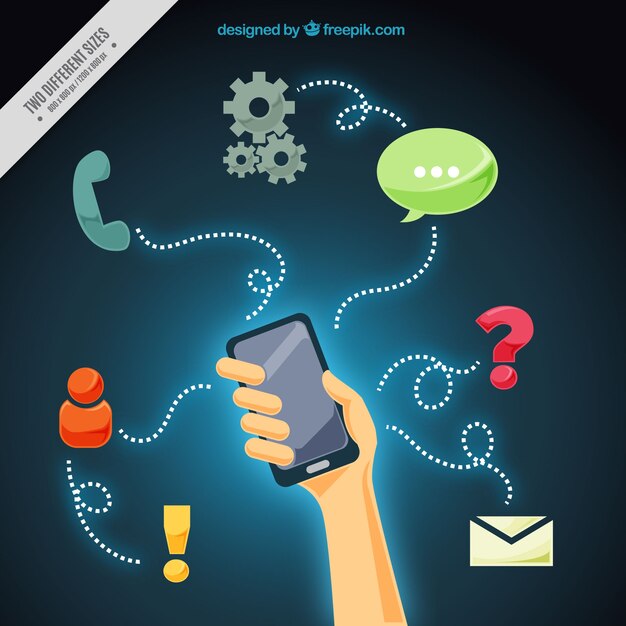Introduction: Meet the Expert
In the realm of modern customer interaction, call forwarding plays a pivotal role. Scarlett Lewis, an experienced expert in designing and deploying Interactive Voice Response (IVR) systems enhanced with AI, is here to shed light on the topic of unconditional call forwarding. In this enlightening article, we’ll delve into the question: “Is call forwarding unconditional bad?” Scarlett will provide expert insights, exploring the applications, advantages, and potential downsides of unconditional call forwarding for customer interaction.
1. Understanding Call Forwarding
Before we delve into the specifics of unconditional call forwarding, it’s crucial to understand the concept of call forwarding. In this section, Scarlett Lewis will explain what call forwarding is, how it works, and why it’s a valuable tool in customer interaction.
2. Exploring Unconditional Call Forwarding
Unconditional call forwarding is a subset of call forwarding. Scarlett will dissect unconditional call forwarding, explaining when and why it is used, and how it differs from conditional call forwarding.
3. Applications of Unconditional Call Forwarding
Unconditional call forwarding finds applications in various scenarios. In this section, Scarlett will delve into real-world use cases, from diverting calls to a support center to ensuring uninterrupted customer service.
4. Advantages of Unconditional Call Forwarding
Every tool in customer interaction comes with advantages. Scarlett will explore the benefits of unconditional call forwarding, including improved customer service, reduced call abandonment rates, and enhanced accessibility.

5. Potential Downsides and Considerations
While unconditional call forwarding offers advantages, it’s not without potential downsides. Scarlett will discuss the considerations and potential drawbacks, such as overburdening support agents or potential bottlenecks in customer interaction.
6. Balancing Act: When to Use Unconditional Call Forwarding
Knowing when to use unconditional call forwarding is crucial. Scarlett Lewis will provide guidance on when it makes sense to implement unconditional call forwarding and when alternative strategies might be more appropriate.
Conclusion: Optimizing Customer Interaction
In conclusion, the question of whether unconditional call forwarding is bad or good is multifaceted. With Scarlett Lewis’s expert insights, you now understand the applications, advantages, and potential downsides of unconditional call forwarding in customer interaction. It is a valuable tool when used strategically, enhancing customer service and accessibility. However, like any tool, it requires a balanced approach to optimize customer interaction effectively.



